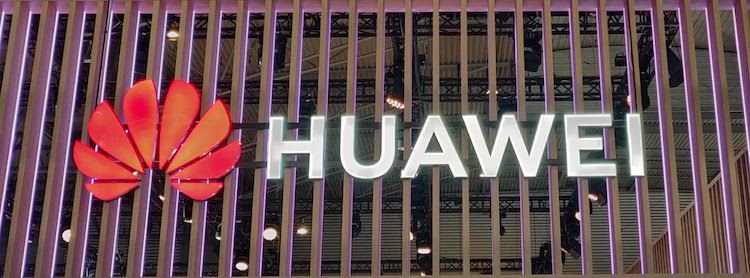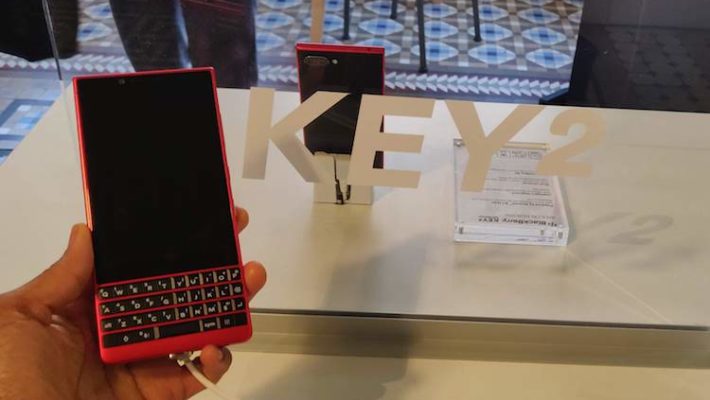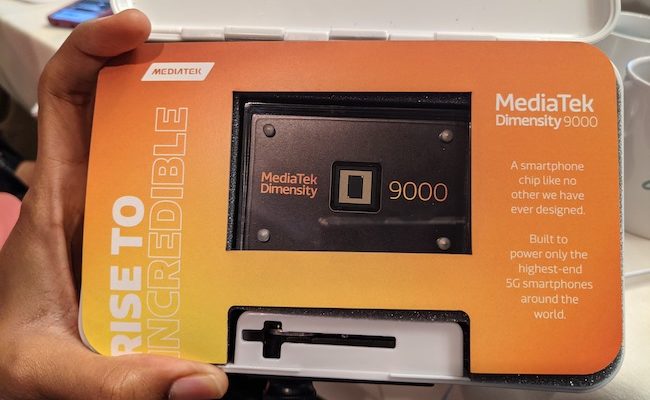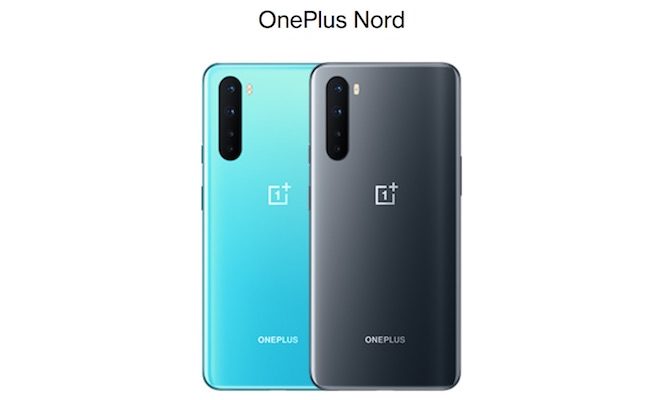It has been nearly a year since the unrestricted sale of Huawei devices was allowed in the U.S. At the time of the ban, Huawei was working to introduce American consumers to its more internationally known flagship products and hoping to score partnerships with American mobile networks. The 2018 Huawei P20 and P20 Pro models never made it stateside despite much anticipation, however, there are a few devices that have released in the unfamiliar market. Here’s a rundown of several Huawei that debuted in the U.S.
Nexus 6P
The Nexus 6P was one Huawei’s first major forays into the U.S. market. The 6P was a Google branded device and one of the last of the Nexus line, which showcased the purest form of Android. It ran Android 6.0 Marshmallow out of the box and updated through Android 8.1 Oreo.
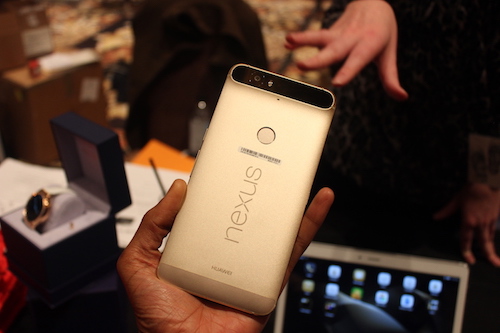
The 2015 smartphone released at a time when consumers were still getting used to large-screen smartphones, then dubbed “phablets.” It was known for its all-metal design, rear-fingerprint scanner, and camera hump. Though Google’s Nexus line wasn’t extremely popular among the larger market, the device was well received among reviewers and Android purists.
After the perceived success of the Nexus 6P, Huawei moved forward with marketing devices to U.S. consumers under its own brands.
Huawei Mate SE
The Mate SE was one of Huawei’s final smartphones openly marketed in the U.S. The device is a version of the international Honor 7X that was rebranded specifically for U.S. consumers. The device is still showcased on Huawei’s U.S. website but is listed as not available for sale.
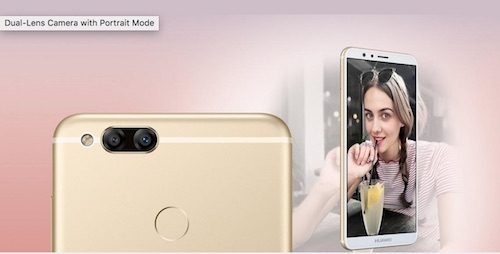
The Huawei Mate SE is known for its large display and dual-camera set up. Huawei also offered a larger RAM and internal storage capacity for the U.S. model.
Huawei Mate 10 Pro
The Mate 10 Pro was the last flagship tier Huawei device released in the U.S. The marketing of this device had more of a business focus before Huawei shifted to the flashier color schemes seen on more recent devices in the Mate line. The manufacturer is currently celebrating a milestone of selling 10 million Huawei Mate 20 handsets despite the U.S. sales ban. The Mate 10 has similar sales figures, but it took the device about 10 months to reach the milestone, while the Mate 20 sold that number of handsets in about five.
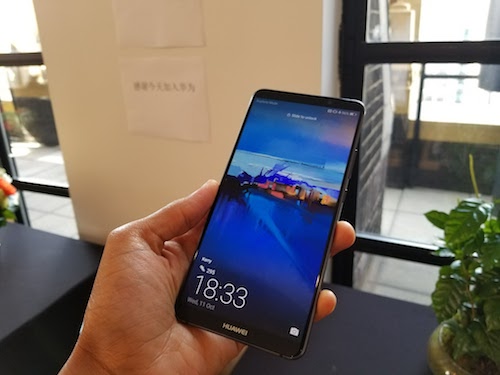
The Huawei Mate 10 had a camera focus, debuting the early days of the dual-lens craze. It features a 20-megapixel monochrome lens and a 12-megapixel RGB lens in its main camera setup. It’s 4,000mAh battery also stood out at a time when many rivals were being conservative about power capacity.
Huawei is still supporting software updates for U.S. models of the Mate 10, having rolled out Android 9 Pie for the device in late-February.
Huawei Mate 9
The Mate 9 introduced the U.S. to the Huawei’s premium devices that were already consumer favorites internationally. Having released in late-2016, the device was in an interesting position to garner interest after the ill-fated Galaxy Note 7 was permanently removed from the market. The Huawei Mate 9 became available in the U.S. in January 2017.
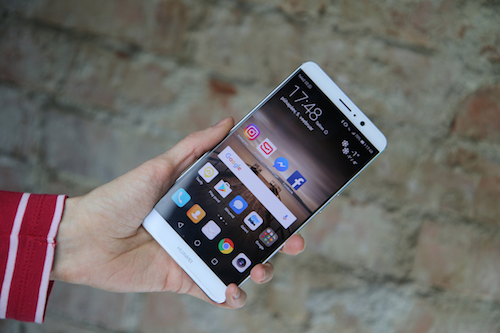
Huawei pushed the envelope at that time, outfitting the Mate 9 with a massive 5.9-inch display. It’s dual-camera setup and large battery
Honor 6X
The Honor 6X seemingly indicated a fairly stable footing in the U.S. market. The device had several competitors in the budget category, including several ZTE and Motorola smartphones.
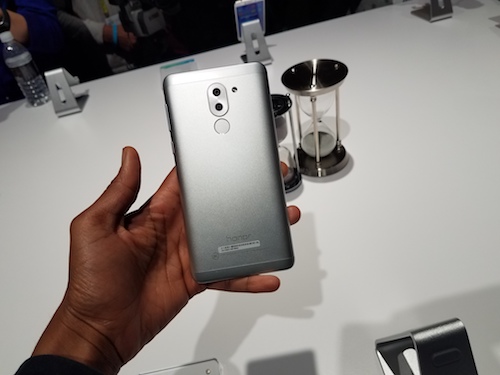
The Honor 6X was marketed as having a 2-day battery life and was also well-received for its camera quality. The device sold for $249.00.
Honor 8
The Honor 8 was one of Huawei’s first attempts and bringing a more trendy and fashion-forward design to the U.S. market. Playing in the affordable flagship category, the Honor 8 sold for $399.

The device featured a sleek, glass design, and was showcased during a U.S. based launch event in August-2016. It was one of few Huawei devices to have a standalone launch event in the U.S.
Honor 5X
The Honor 5X made its way to the U.S. after commercial blessings from the Google Nexus 6P. Huawei’s budget-friendly sub-brand announced the device at CES 2016 after originally releasing in China in late-2015. Featuring 2GB of RAM, 16GB of internal storage, and the Qualcomm Snapdragon 616 chip, the Honor 5X sold for $199.

While the device ran Android Nougat, and later, Android Marshmallow, with Huawei’s EMUI overlay, it also supported the CyanogenMod-based overlay called LineageOS. During this time, the open-source customization team was attempting to become a legitimate company, offering an aftermarket version of us popular, fan-made interface. The Honor 5X was one of few devices to officially support LineageOS.
More details on the Huawei device ban
Huawei is now fighting for its right to conduct business in the U.S., having announced last Wednesday its lawsuit filed against the U.S. government as a retaliation for the hardware ban opposed on the company in 2018.
The U.S. has banned the sale of Huawei devices due to supposed security risks. However, Huawei claims the government’s actions in ratifying the 2019 National Defense Authorization Act are unconstitutional and target the manufacturer unfairly as a threat to the U.S.
In particular, the ban bars U.S. government agencies from using products manufactured by Huawei, but sale the of consumers products has also been hindered under the sanction. While Huawei has several U.S. websites set up for the sale of its consumer hardware, which includes smartphones, notebooks, tablets, and wearables, most devices are listed as out of stock or unavailable. The closet availability may be a cheeky Amazon listing, but it remains to be seen if the order can actually be fulfilled.

